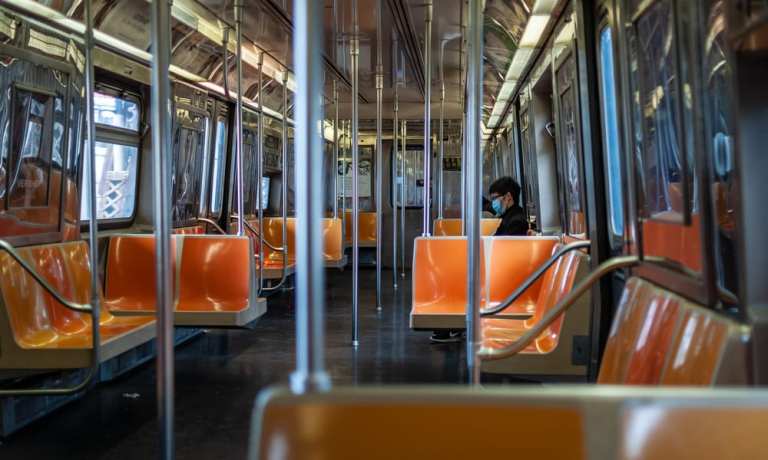
Amid the wreckage left by the pandemic — the lost jobs, shuttered businesses, and of course, the fatalities — one victim may be the daily grind of the 9 to 5, and, specifically, the daily commute.
Nowhere may that might be more apparent than in New York City, where inbound traffic of suburbanites is critical to the local economy.
For a microcosm of how it all might shake out, and what the ripple effects may be, consider the case of Greenwich, Connecticut. Greenwich is known as a community that is home to a number of Wall Streeters who make the trek into New York’s steel canyons day in and day out.
That may be about to change.
As reported by Bloomberg earlier in the month, Connecticut Governor Ned Lamont has said the chief executives of several firms have been looking at telecommuting.
“The old idea of the commuter going into New York City five days a week may be an idea that’s behind us,” Lamont said in an interview with Bloomberg Television. His state is home to more than 43,000 workers who commute into the city, according to the newswire “Maybe you have a great job that seems to be geographically located in New York City, you can do it two-thirds of the time from your home in Stamford,” he said.
A drain from the cities means that, of course, everything from food delivery to bars to street cart vendors would be affected.
The change may be long-lived. As noted in this space in May, a Harris Poll of 2,050 adults surveyed at the end of April found that 39 percent of city residents has spurred them to consider living in the suburbs or rural areas. The fact that the group most likely to consider such a shift is the 18- to 34-year-old demographic means that the spending power those individuals wield will not touch city businesses.
Danny Meyer, founder and CEO of Union Square Hospitality Group has said that his restaurants, which number 19 in NYC, will not open until there is a coronavirus vaccine. Separately Daniel Humm, owner of New York City’s Eleven Madison Park, has said that he might not reopen.
It may be the case that there is a hybrid model that emerges in the city, which would blunt the impact of a shift toward work from home, at least a bit. In one example, reported in the New York Times, David Kenny, the chief executive at Nielsen, has said that his company will look to convert its New York offices to “team meeting spaces,” which can be used a few times a week.
“If you are coming and working at your desk, you certainly could do that from home,” Kenny told the Times. “We have leases that are coming due, and it’s absolutely driving those kinds of decisions.’’ That decision (for other firms, too), we note, may hinge on a rebound in top lines that make carrying rental expense a bit more palatable.
In the meantime, it looks like — when it comes to New York City, at least — the masters of the universe can do it all in their PJs.